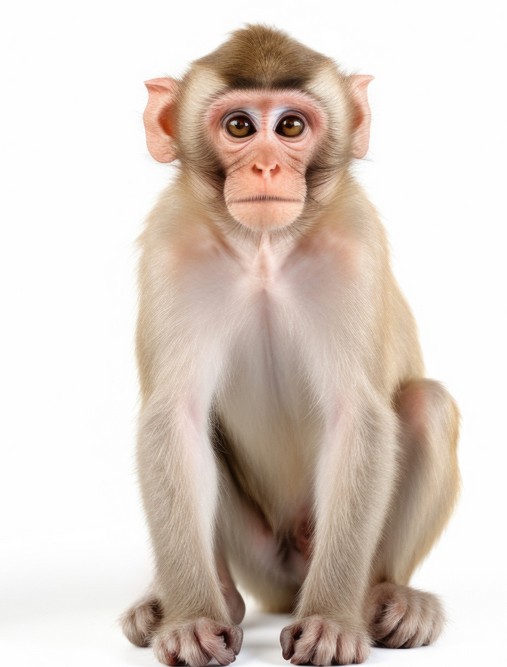Why in the News?
The Standing Committee of the National Board for Wildlife (SC-NBWL) chaired by Union Environment Minister has recommended reinstating the Rhesus Macaque (Macaca mulatta) under Schedule II of the Wildlife (Protection) Act, 1972.

Back2Basics: Schedule II of the Wildlife (Protection) Act, 1972
|
About Rhesus Macaque:
- Scientific Name: Macaca mulatta, a species of Old World monkey native to South, Central, and Southeast Asia.
- Distribution: Widest-ranging non-human primate, found in India, Nepal, Bhutan, Bangladesh, China, and Afghanistan.
- Physical Traits: Brown or grey fur; body length 47–53 cm, tail 20–23 cm, weight 5–8 kg; strong sexual dimorphism.
- Habitat: Highly adaptable; lives in forests, grasslands, riverine zones, agricultural lands, and even urban settlements.
- Behaviour: Diurnal, semi-terrestrial, and social; organised in matrilineal troops (20–200 members) with complex vocal and gestural communication.
- Diet: Omnivorous, feeds on fruits, seeds, roots, cereals, and occasionally invertebrates; uses cheek pouches for temporary food storage.
- IUCN Status: Least Concern, due to wide distribution and high adaptability.
- Legal Reclassification: Previously listed under Schedule II of the WPA, 1972, offering stringent protection against hunting, cruelty, illegal trade, and exploitation. After the 2022 amendments, it was shifted to Schedule IV (mid-level protection category with lesser punishments).
- Scientific Relevance: Extensively used in biomedical research, instrumental in developing polio, rabies, smallpox vaccines, and in HIV/AIDS and neuroscience studies.
- Human Conflict: Increasing crop raids, urban aggression, and food theft; declared vermin in Himachal Pradesh (2019) for selective culling in non-forest zones.
How is the Culling of Vermin allowed in India?
- Definition: Animals declared harmful or nuisance-causing, legally permitted for hunting to safeguard life, crops, or property.
- Legal Provision: Section 62 of the Wildlife (Protection) Act, 1972 empowers the Central Government to declare species (excluding Schedule I) as vermin for specific regions and timeframes.
- Earlier Classification: Schedule V (pre-2022) listed vermins such as rats, fruit bats, and common crows.
- 2022 Amendment: Schedule V removed; Centre can now issue direct notifications declaring vermin status.
- Declaration Process:
- State government submits request citing local damage or risk.
- MoEFCC evaluates ecological and administrative justification.
- Centre issues notification for specified region and duration.
- Examples:
- Wild boar (Uttarakhand, Kerala, Goa)
- Nilgai (Bihar, Uttar Pradesh)
- Rhesus macaque (Himachal Pradesh, 2019)
- Fruit bats and crows (select farming regions)
- Legal Consequence: Once notified, the species loses protection, and hunting incurs no penalty during the declared period.
- Ecological and Ethical Concerns: Risks of ecosystem imbalance and animal cruelty; experts advocate contraception, relocation, and scientific management instead.
| [UPSC 2022] If a particular plant species is placed under Schedule VI of the Wildlife Protection Act, 1972, what is the implication? Options: (a) A licence is required to cultivate that plant. * (b) Such a plant cannot be cultivated under any circumstances. (c) It is a Genetically Modified crop plant. (d) Such a plant is invasive and harmful to the ecosystem. |
Get an IAS/IPS ranker as your 1: 1 personal mentor for UPSC 2024

